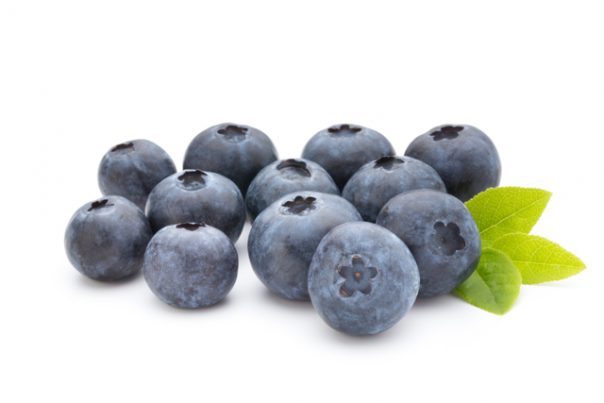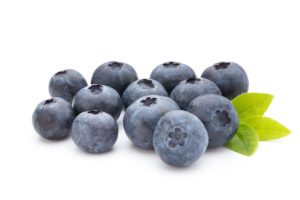
Bilberry – sources, health benefits, nutrients, uses and constituents at NaturalPedia.com
Wednesday, June 21, 2017 by Tim Wesley
http://www.naturalpedia.com/bilberry-sources-health-benefits-nutrients-uses-and-constituents-at-naturalpedia-com.html

Bilberry is related to equally healthy berries like cranberry, blueberry, and huckleberry. It goes by many names like European blueberry, blaeberry, and whortleberry. It’s smaller than the usual blueberry you’re used to but tastes similarly. It is one of the richest sources of anthocyanins, polypphenolic components that give the fruit its black/blue color as well as its high antioxidant content, which is why it’s been used for centuries as both food and medicine.
List of known nutrients
Bilberries’ nutritional content includes the following:
- Anthocyanosides
- Bioflavonoids
- Vitamin C
- Vitamin E
Medicinal uses for bilberry
Bilberry is a potential remedy for a variety of health problems. Its anthocyanoside content makes it an effective treatment for chronic venous insufficiency. It helps strengthen blood vessels and decrease pain, leg swelling, varicose veins, itching, and skin ulcers. It may also prevent plaque build-up in blood vessels, which can lead to heart attacks or stroke. At the same time, anthocyanosides help reduce the risk of blood clot formation.
There’s also evidence that bilberry may help reduce the risk of Alzheimer’s disease. The fruit contains quercetin, myriucetin, and anthocyanin-rich extracts that are found to have significant effects on minimizing the symptoms of Alzheimer’s.
Furthermore, bilberry leaves could be effective in lowering the body’s glucose response after a high-sugar meal. Although more research is needed, it may help control blood sugar levels in diabetics. It also has positive effects on eye problems like cataracts, glaucoma, and macular degeneration. There is compelling evidence that bilberry can rebuild damaged retinas.
It’s also good for the liver. Research has shown that bilberry extracts display inhibitory and radical scavenging activity helps reduce the concentration of nitric oxide in liver tissues. These extracts are also found to help prevent the development of certain cancers like breast cancer, colon cancer, and leukemia. Compared to other berries, bilberry is considered the most potent in suppressing cancer cells.
Additionally, bilberry can provide a fortified defense for your kidneys. Research shows that it can normalize multiple critical factors like creatinine levels, nitric oxide, and serum blood urea nitrogen. When it comes to protecting the heart, bilberry is also one reliable super food. The anthocyanins help balance cholesterol levels.
It also promotes digestive health. Bilberry possesses tannins and pectins which help in treating diarrhea, nausea, and indigestion. These also have a therapeutic effect that helps relieve inflammations. The anti-inflammatory properties can also improve inflammation in the throat and mouth.
Body systems supported by bilberry
Bilberries’ anthocyanosides are known to have positive effects on both cardiovascular and nervous systems. They can prevent atherosclerosis by fortifying blood vessels and maintaining health cholesterol levels and protecting the retina from damage. Additionally, they are ideal for keeping the urinary system healthy and free from infections the same way it protects the digestive system by reducing inflammation and ensuring proper movement of food.
Ways to use bilberry
There are fun ways to enjoy the health benefits of bilberries. Fortunately, there are tons of recipes you can use to whip up delicious meals. You can make pies, muffins, waffles, danishes, and even cheesecakes.
Where to learn more
- Herbs Help Treat Diabetes: Bilberry, Gymnema, Gingko and Salt Bush
- Natural remedies for diabetes and lowering blood sugar
- Bilberries naturally reduce diet-related inflammation and high blood pressure
- Ten Alternative Plants that Cleanse the Liver, Part I
- 10 Natural and Herbal Home Remedies to Get You Rid of Varicose Veins in No Time
Summary
Bilberries can help prevent cancer, Alzheimer’s disease, heart attacks, stroke, glaucoma, macular degeneration, and cataracts.
Bilberries can help treat circulation problems like chronic venous insufficiency, diarrhea, inflammation, indigestion, and nausea.
Bilberries support healthy digestion, improved eyesight, balanced cholesterol levels and blood sugar.
Sources include:
Tagged Under: Tags: bilberry






